How has Singapore created itself as a “city in a garden”? I’m from Manila, and have recently returned from a week-long educational trip hosted by the Young South East Asian Leadership Initiative (YSEALI). The workshop was entitled Urban Planning and Smart Growth. It brought together sixty young leaders across the Association of South East Asian Nations (ASEAN) to learn from Singapore, and from each other.
The idea that resonated with me the most was the urban planning initiative to transform Singapore from a “garden in a city” to a “city in a garden”.
Let me tell you how this experience lifted my hopes for Manila, and why young planners from the Southeast Asian Region could do the same for their cities
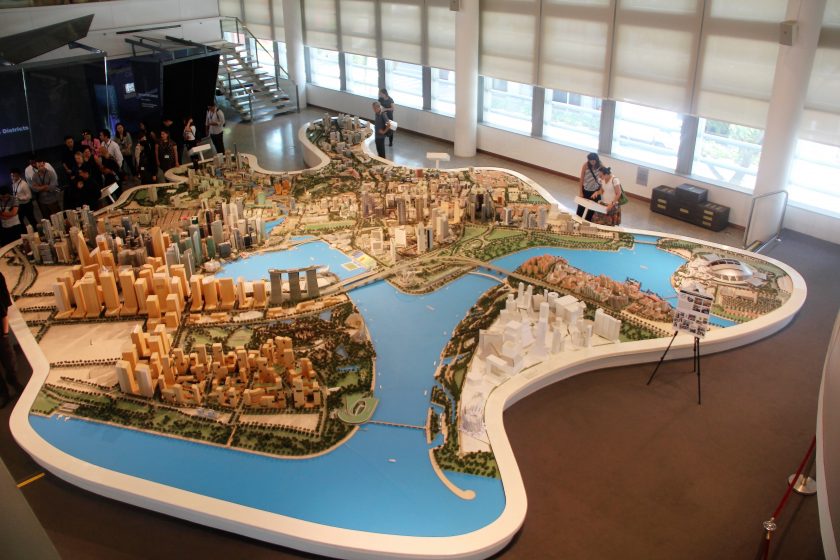
Photo: Ragene Palma
The week was filled with lectures in the morning, and field trips in the afternoon. Module after module, session after session, we exchanged perspectives and information from every country. We talked about livable cities, addressing topics such as transport issues, industrial growth, housing, and community engagement. We studied each component from an urban planning perspective. We took photo after photo of gardens, green spaces and waterways. We marveled at how a river could be so clean, and how it could ferry us so fast; at the gardens that grew on roof-tops, on building facades, and in every nook and corner the Singaporean urban planners could find. Through the lens of a camera, we attempted to capture the form of the entire city-state.
Most importantly, we learned how Singapore has managed to bring it all together.
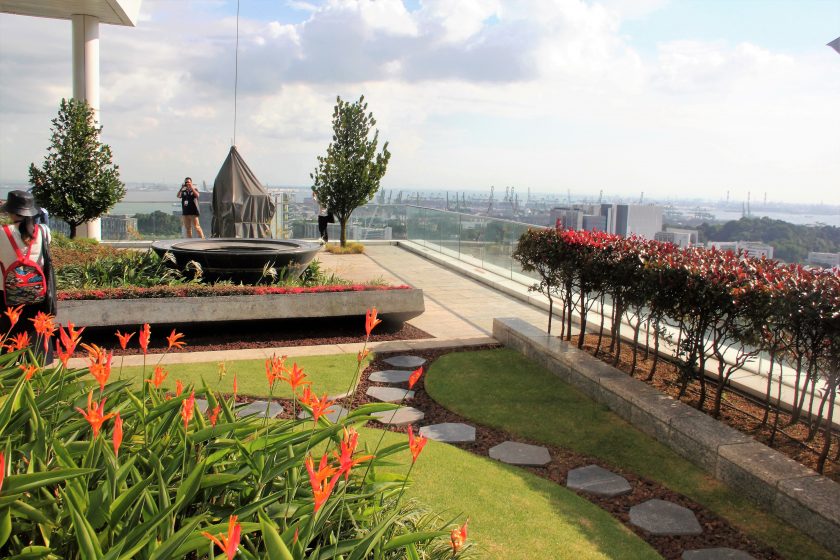
Metropolitan areas across the ASEAN region all share the struggles of urbanization. Workshop participants talked about congestion, the lack of sidewalks, the kinds of public housing our governments offered to our citizens. We compared our cities with each other, asking who had the worst traffic. Metro Manila’s commute time, in my experience, takes three hours to travel twenty kilometres. (It is not a distinction to be proud of.) Singapore’s worst traffic, on the other hand, was only a short ten-minute delay at the extravagant Orchard Road. Vientiane, Chiang Mai, Ha Noi—we all experience these problems. As urban planners we are all still learning. Among us all, was the same desire to bring our newly discovered knowledge from Singapore back to our home countries.
Over the course of the week, I collected a litany of “aha” moments that captured my imagination—from intangible heritage preservation to controlled climates and recycled energy. However, the idea that resonated with me the most was the urban planning initiative established to increase the livability and sustainability of Singapore, and transform it from a “garden in a city” to a “city in a garden”.
Urban planners from advanced countries may scoff at my delight in something as basic as planned green space. Garden cities, the idea of a utopian city in which people live in harmony with nature, and on which the vision of Singapore was based, have been around since Ebenezer Howard proposed the model in the late 1800s. Singapore adopted its own original Garden City initiative in 1963. But for someone from a developing country which equates progress with more cement and zero-down payment car purchases, seeing the actual implementation of a concept that we’ve only studied is striking.
When asked in an interview about my favourite aspect of the workshop, my response was “All the greens. I want to bring all these greens back home.”
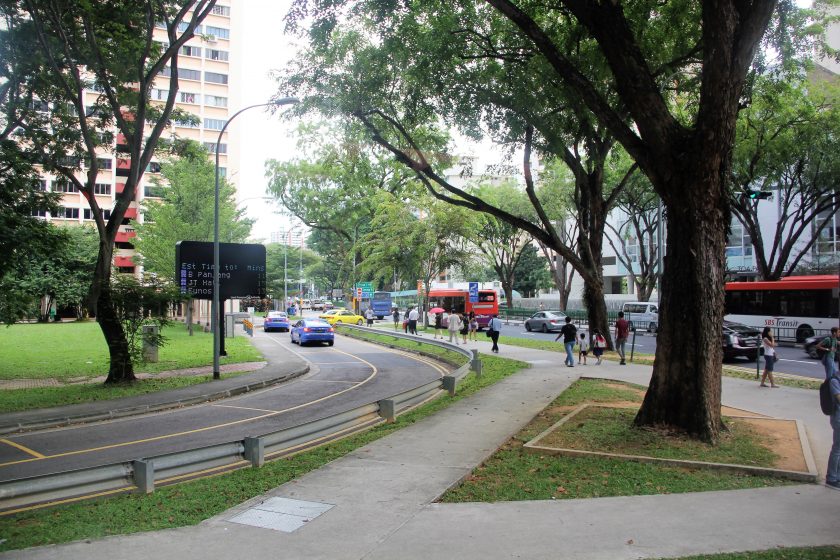
Every single day, I suffocate in the city of Makati. There are trees, but only because they are part of a privatized landscape. There are parks, and I am thankful for these open spaces, but they are only a temporary relief from the congestion and car emissions of the city. The two-minute relief of crossing a hundred-meter-long park ends all too quickly in a traffic jam. Sadly, these problems are the norm for developing cities.
On this, my first visit to Singapore, the lessons about landscape design began right outside the airport, with the sight of avenues lined with shrubs and flowers. I was overwhelmed with emotion, with inspiration, and mixed incredulity. On the first day of tours, it pained me to see how the “future” I envisioned for our local planning in Metro Manila already exists, far beyond what I imagined it could be. Singaporean planners are already talking about building sky cities and pushing beyond their present innovations. It is difficult to envision such advances in urban planning when the eradication of poverty is one of the biggest concerns among many of the ASEAN representatives. I kept telling myself, “This is how we should be doing it.” I kept telling my lungs, breathe here, while you can.
The second day of tours inspired me to strategize on how I could teach local planners across our 7,000 islands about the greenery strategies of Singapore. Could we actually require our estate developers by law to put biowalls on our building designs? How could we successfully maintain plant life when temperatures in the Philippine islands sometimes hit 50°C? So many of these thoughts played on my mind.
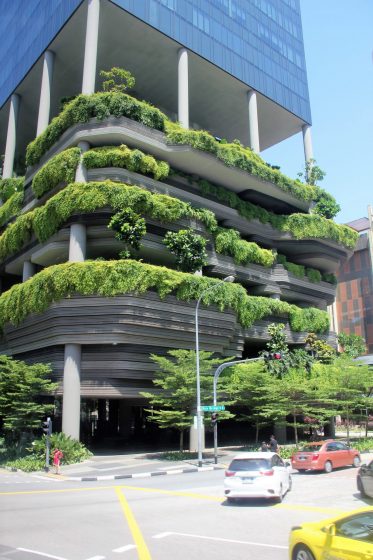
By the third day touring Singapore, I could not believe the things my eyes were seeing. It was as though it was all too perfect and beautiful to be true. It was almost inconceivable to me that these urban environments are Singapore’s reality. However, for the young representatives from the ASEAN region recreating the amazing urban environments we discovered in Singapore in our home nations would be difficult given the weight and challenges of the city planning burdens we have at home.
So, what can developing countries and congested cities take away from the success that is Singapore?
The natural environment and the built-up environment are not a dichotomy.
They can co-exist, and they can be integrated.
Whenever I do land-use workshops with local planners, the map is filled with red and yellow areas. These are the commercial and residential zones. Green areas are isolated, and meticulously measured, on the chance that they will someday be developed into future malls, or more condominiums.
Additionally, green areas are zoned. Parks are given little attention and thought with regard to design. The colonial plaza is typically designated as public space. The church, the government center, and any open areas that remain from the three hundred years under Spanish rule serve as public space today. Ask a Filipino where the public space is, and he will direct you to the plaza.
The innovation of Singapore reinventing itself as a city in a garden challenged not only the concept of green zones, but also the idea of exclusive-use zones in its entirety. Inclusion was the key strategy. By bringing diverse races together in one building, infusing leaves with windows and walls, putting the workplace and schools within biking or elevator distance, communities thrived.
In the same way, gardens were not just included in the city as green spots. Gardens were integrated, both horizontally and vertically, in every zone. By reimagining all potential space as green space, and integrating greenery into all zones the trend of planners wedging small gardens into the city was reversed. Now it appears as if the city is placed within a huge garden.

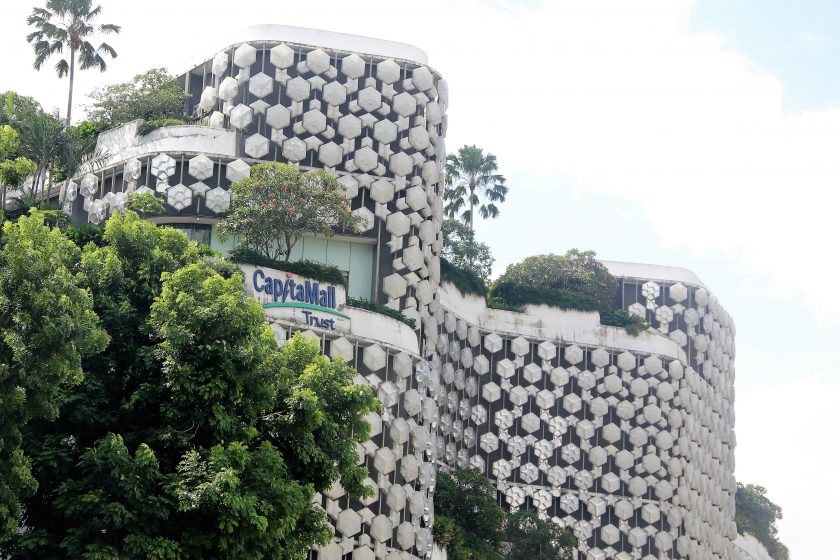
“It’s not about aesthetics, it’s about valuing life.” – Damian Tang
From the perspective of planners, architects, and developers, green spaces are included in the urban landscape because they are pleasing to the eye. Open green spaces increase land value, bring in more money, and serve as an asset, upon which we can capitalize. This limited perspective is a potential problem.
Planners recognize that incorporating green space is both pleasing and ideal, but why this is so has to do with more than just the economic benefits. In Singapore, they found the value of green space to strongly improve the quality of life of their residents. Parks, nature reserves, waterfronts, and even the presence of fish in water bodies played a role in transforming polluted slums to thriving, innovative communities. The role that green space played was so prominent in the lives of the people, that their target today is to have at least 90 percent of their households be within 400 meters of a park by 2030 (from Sustainable Singapore Blueprint, 2015). The proximity of nature to one’s life has such high value.
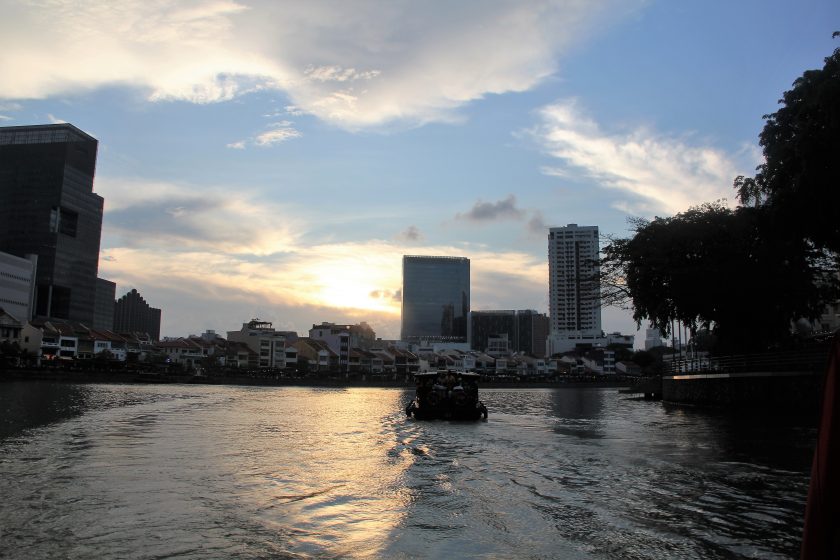
We can see the lesson of valuing life in how much we value our rivers and estuaries. Waterbodies in developing countries’ urban centers are polluted, foul-smelling and dangerous. When we can use water bodies for transport and tourism and be proud of their history and condition, we transform them from our personal, domestic garbage cans into a natural resource to be valued and respected.
This is the same mistake we make when we constantly excavate and build without provisions for land management and future developments. It is the same mistake when we cut down trees for infrastructure and do not replace them with new trees. It is the same mistake that we care not about emissions and the heat we bring to our air, which has reduced our wildlife populations. We have driven living things away from their natural habitat. Unfortunately, we do not value life.
We are a part of nature, so why treat nature differently? Separately? Why do we evaluate it in terms of money instead of in terms of having an inherent value that benefits life?
Urban and environmental planning is about improving the quality of life, and yet, our efforts for development undermine that very objective. To create livable, sustainable, healthy cities, we must elevate the the importance of green space to the level of other planning concerns and seamlessly integrate green spaces into our plans.
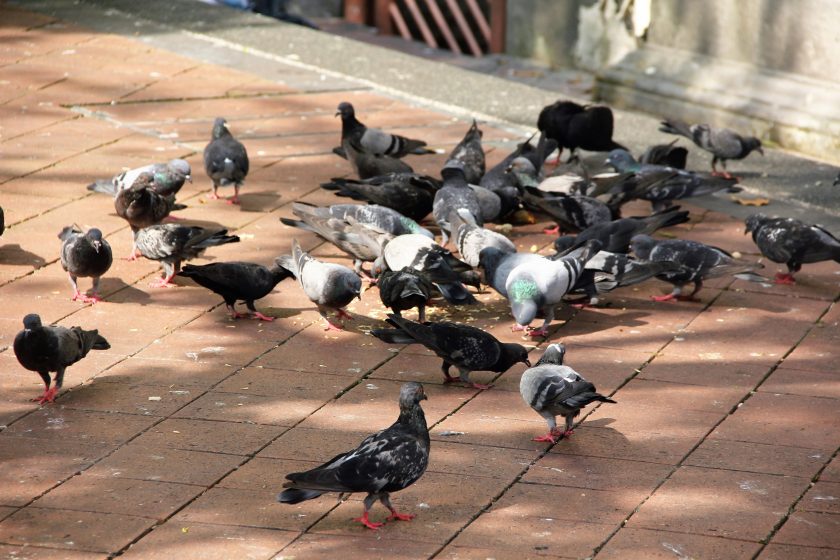
Piling on the livable layers
In the very dense hearts of cities, we have to learn how life can be brought in to revitalize the urban environment. In Singapore, they increased vegetation from 36 percent in 1986 to an impressive 47 percent in 2007. Even with this success, they continue to question how to maintain it. Some of Singapore’s green design strategies include:
(1) Understanding the ecosystem and habitats where cities thrive.
(2) Add layers that make the city livable. Examples of layers that incorporate space and improve livability are nature reserves, parks (coastal, riverine, heritage), and pocket parks. Other layers include urban greens, such as vertical biowalls and green rooftops.
Green strategies in revitalizing an area can also feature Kevin Lynch’s elements of a city: streetscapes, corridors, and edges all echo how vegetation can define an area and imprint memories on people’s minds. Most importantly, a city has to be planned with social touchpoints, where citizens can interact with nature—vegetation, water bodies, and animals.
Taking the cue
There is this massive responsibility that falls upon a young planner’s shoulders in bringing these ideals to life in an already congested metropolis.
I asked a young Singaporean planner how a developing country could improve its urban centers. How could we possibly transform cities and address so many problems? She replied: “Start small”. It doesn’t have to be a flashy masterplan, it doesn’t have to be too grand.
Philippine urban planners can start by creating a baseline of green spaces in cities; by reviewing land use plans and finding areas to incorporate mixed uses, by standing up to irresponsible conversion, by campaigning for more livable environments, and by putting the value of life before anything else.
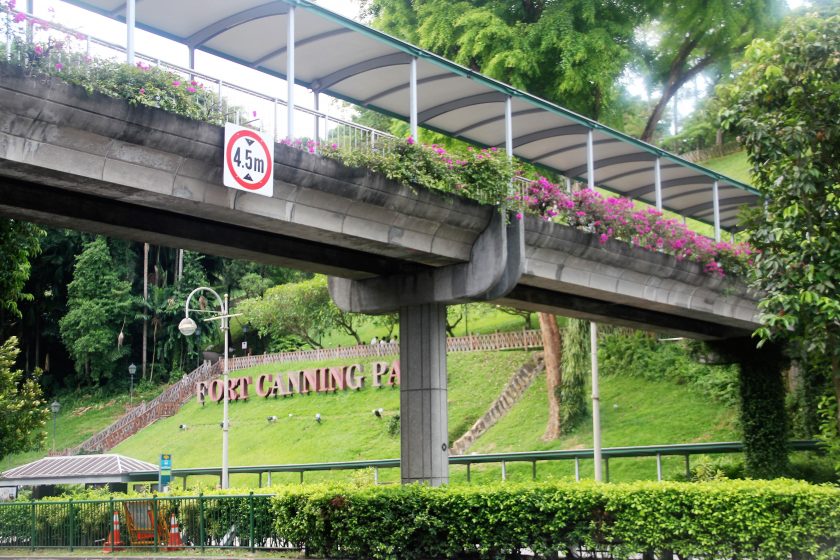
In Silent Spring, the book that launched a global environmental movement, author Rachel Carson said, “The history of life on earth has been a history of interaction between living things and their surroundings”. This is a good reminder to young planners. All the more, because of the challenges we face in the developing ASEAN cities. Hopefully, in my lifetime, I’ll be able to say I helped improve the livability of Metro Manila by creating more green spaces. Hopefully someday, I’ll be able to write about the beauty and livability of my home, thanks to the lessons learned in Singapore with the rest of our neighboring countries.
Ragene Palma
Metro Manila


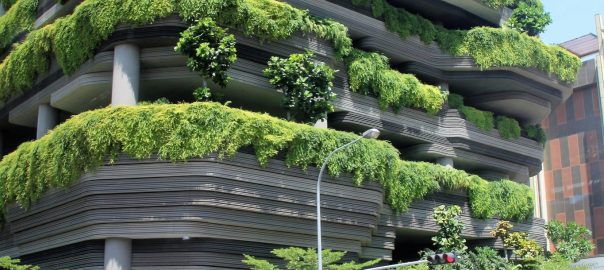
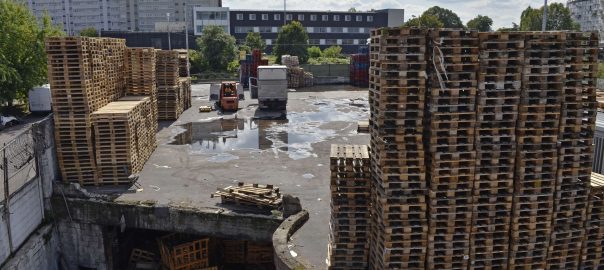
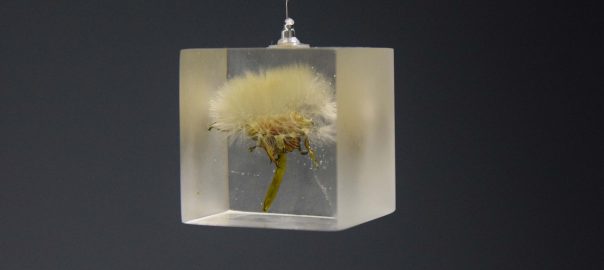

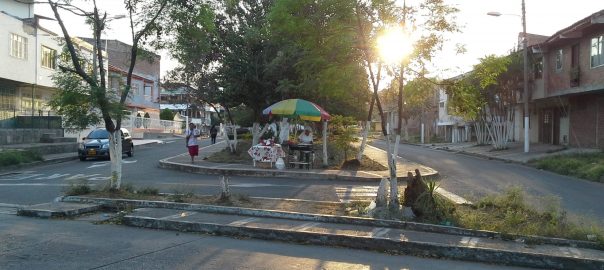
Leave a Reply